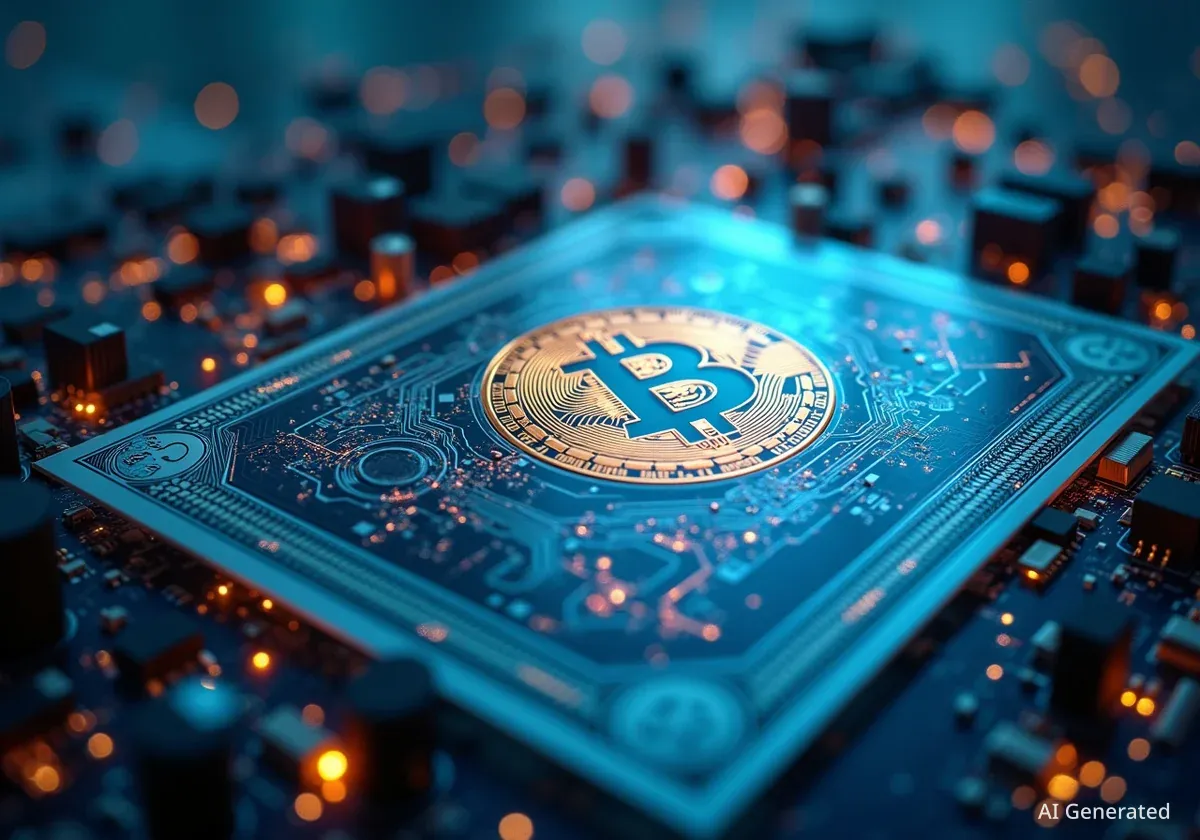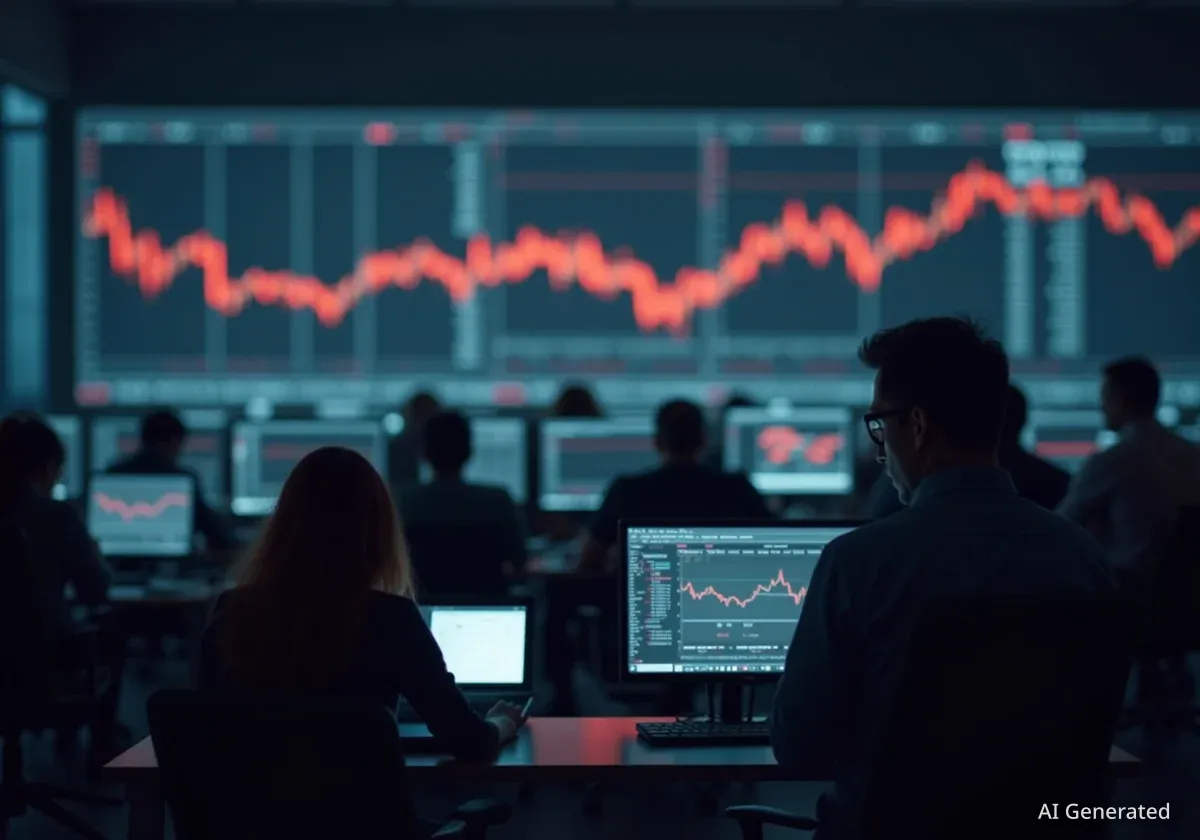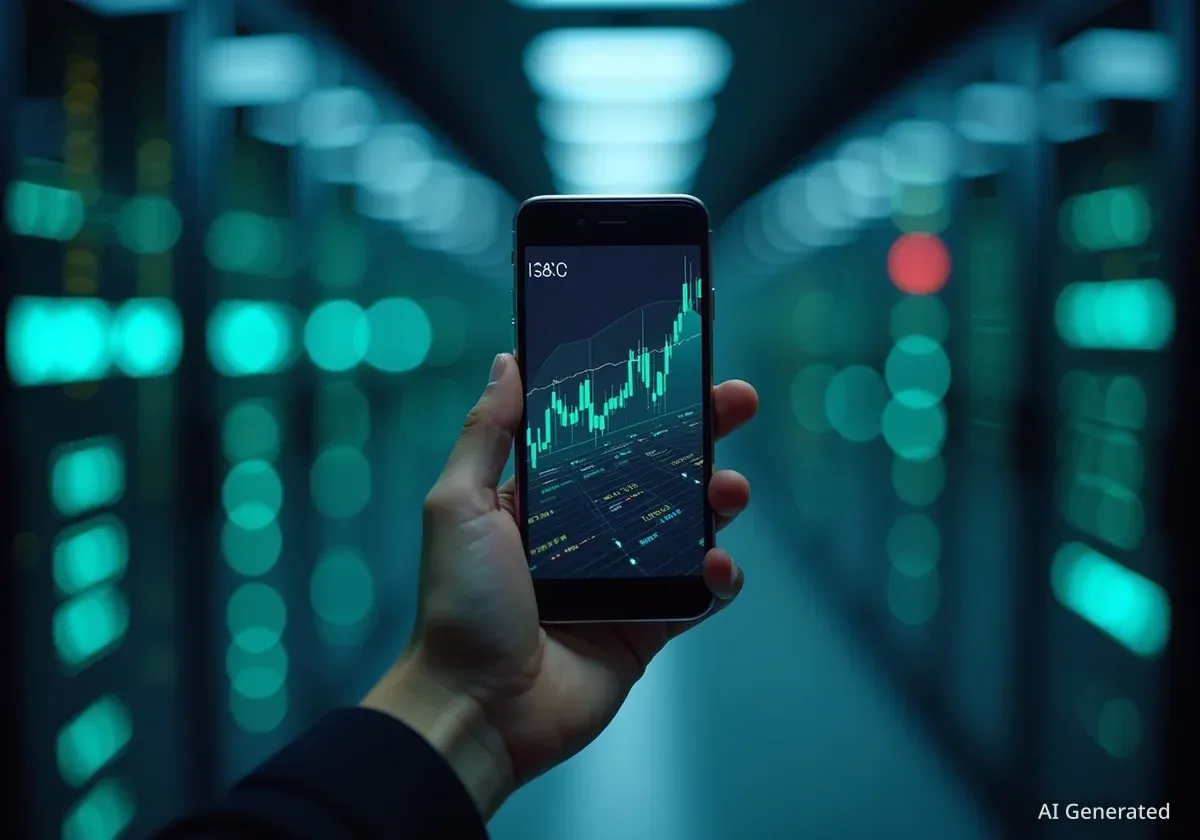The digital asset XRP has experienced a significant increase in value over the past year, driven by the resolution of a long-standing legal challenge from the U.S. Securities and Exchange Commission (SEC). This development has removed a major source of uncertainty for the asset, leading to renewed investor interest and discussions about its future applications in the financial sector.
Following a multi-year court battle, a settlement was reached, clarifying the regulatory standing of XRP sales on public exchanges. This outcome has been a primary catalyst for its recent market performance and has opened pathways for new financial products and institutional adoption.
Key Takeaways
- XRP's value increased by approximately 380% over the last 12 months, largely due to positive legal developments.
- A court ruling determined that XRP sales on public exchanges to retail investors did not constitute securities violations.
- Ripple Labs and the SEC reportedly finalized a $50 million settlement in May 2025, ending a lawsuit that began in 2020.
- The legal clarity has prompted filings for spot XRP exchange-traded funds (ETFs), which could increase accessibility for investors.
- The XRP Ledger is designed to facilitate fast and low-cost cross-border payments, positioning it as a potential competitor to the SWIFT network.
The End of a Major Legal Battle
The most significant factor influencing XRP's recent performance has been the conclusion of its legal dispute with the SEC. In December 2020, the U.S. regulator filed a lawsuit against Ripple Labs, the company behind the development of XRP, alleging that it conducted an unregistered securities offering.
This lawsuit created a cloud of regulatory uncertainty that lasted for several years, impacting XRP's price and its adoption by financial institutions, particularly in the United States. Many cryptocurrency exchanges delisted the asset to avoid potential legal complications.
Background of the SEC Lawsuit
The core of the SEC's argument was that XRP should be classified as a security, and therefore subject to strict disclosure and registration rules. Ripple Labs countered that XRP is a commodity or a bridge currency for its payment network, not an investment contract. The outcome of this case was closely watched by the entire cryptocurrency industry, as it held major implications for how other digital assets might be regulated.
A Favorable Court Ruling
A turning point in the case came when a judge issued a summary judgment. The ruling made a critical distinction: while Ripple's direct sales of XRP to institutional investors were deemed to be securities transactions, the sales to the general public on cryptocurrency exchanges were not.
This was widely interpreted as a major victory for Ripple and the broader crypto market. According to reports based on a hypothetical future timeline, the parties eventually finalized a $50 million settlement in May 2025, bringing the entire legal saga to a close. This resolution was the primary trigger for the subsequent surge in market confidence.
Market Reaction and New Financial Products
The market's response to the legal clarity was immediate and strong. With the removal of the legal overhang, XRP's price experienced a substantial rally, reflecting pent-up demand and renewed investor optimism. The asset's market capitalization grew significantly, placing it among the top-performing digital assets over the past year.
Perhaps more importantly, the resolution has paved the way for new investment vehicles that could make XRP more accessible to a wider range of investors.
The Push for Spot XRP ETFs
Following the court's decision, several asset management firms have reportedly filed applications to create spot XRP exchange-traded funds (ETFs). An ETF is a type of investment fund that is traded on a stock exchange, much like a regular stock.
A spot ETF holds the underlying asset directly. In this case, a spot XRP ETF would purchase and hold actual XRP tokens, meaning that an increase in ETF investments would create direct buying pressure on the XRP market.
The introduction of spot ETFs is seen as a crucial step for the maturation of any digital asset. It provides a regulated and familiar way for both retail and institutional investors to gain exposure to XRP without the complexities of managing digital wallets and private keys. This increased accessibility could lead to a significant inflow of new capital into the XRP ecosystem.
The Core Utility of the XRP Ledger
Beyond market speculation, XRP's long-term value proposition is tied to the utility of its underlying technology, the XRP Ledger (XRPL). The XRPL was specifically designed to address inefficiencies in the global payments system, particularly for cross-border transactions.
Currently, the majority of international payments are processed through the SWIFT network, a messaging system connecting thousands of banks worldwide. While reliable, SWIFT can be slow and expensive, with transactions sometimes taking several days to settle and involving multiple intermediary banks, each charging a fee.
A Faster, Cheaper Alternative
The XRP Ledger offers a fundamentally different approach. It is a decentralized blockchain that can process transactions in 3-5 seconds at a very low cost. It does not rely on mining like Bitcoin, instead using a consensus protocol where a group of trusted validators confirm transactions.
This efficiency makes it an attractive alternative for financial institutions looking to improve their payment services. The native token, XRP, is designed to function as a bridge currency on the network. It facilitates the rapid exchange of value between two different fiat currencies.
For example, a bank could convert U.S. dollars into XRP, send the XRP across the ledger instantly, and then convert it back into euros on the other side. This process can eliminate the need for pre-funded nostro/vostro accounts and reduce settlement times from days to seconds.
Future Growth and Ecosystem Development
With legal challenges in the rearview mirror, Ripple Labs is expanding the use cases for the XRP Ledger. A key initiative has been the launch of a stablecoin, a type of digital currency pegged to a stable asset like the U.S. dollar. This stablecoin will operate on the XRPL and aims to provide a reliable medium of exchange for applications within the ecosystem.
Increased activity on the ledger, whether from the stablecoin or other applications, could indirectly benefit XRP. As the network's native asset, XRP is required for transaction fees and to maintain reserves in wallets, creating a baseline level of demand.
Navigating Investment Risks
Despite the positive developments, it is essential for investors to remember the inherent volatility of the cryptocurrency market. Digital asset prices are known for their sharp and unpredictable movements. While the XRP Ledger's adoption could lead to price stability over the long term, significant fluctuations are likely to continue in the near future.
Therefore, a prudent investment strategy involves diversification. Allocating a small portion of a well-balanced portfolio to assets like XRP can provide exposure to potential high growth while managing overall risk. An investment of $100, for instance, allows participation in the asset's potential upside without jeopardizing an individual's broader financial stability.
Ultimately, while the legal clarity has provided a strong foundation, XRP's future success will depend on the widespread adoption of its technology by financial institutions and the continued growth of its ecosystem.





